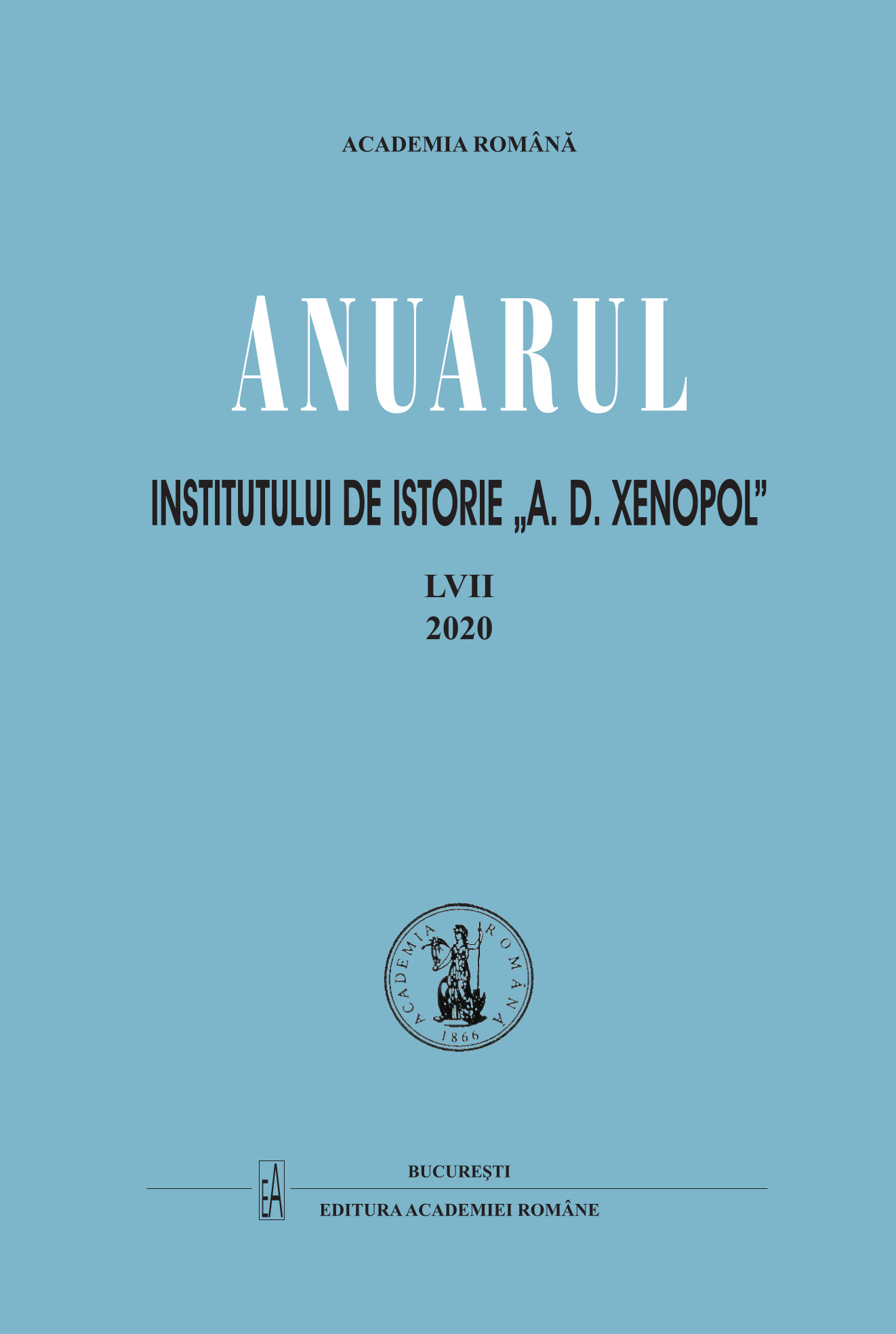UN TEXT POLEMIC DIN A DOUA JUMĂTATE A VEACULUI AL XVIII-LEA ȘI SEMNIFICAȚIILE SALE
A POLEMICAL TEXT FROM THE SECOND HALF OF THE 18th CENTURY AND ITS SIGNIFICANCES
Author(s): Ioan-Augustin GuriţăSubject(s): Cultural history, Political history, Social history, Modern Age, Theology and Religion, 18th Century
Published by: Editura Academiei Române
Keywords: Transylvania; Orthodoxy; Greek-Catholic Church; Russian Empire; propaganda
Summary/Abstract: In 1768, in the context of religious tensions in Transylvania, after the “revolution” of Sofronie de la Cioara, an Orthodox priest from Banat, named Mihail Popovici, copied a very interesting text, which contains historical and theological information. This text reflects very well the role of Russian propaganda which, at the beginning of a new war with the Turks (1768–1774), used Orthodoxy as a means of convincing those living in Transylvania that it was the protector of those who did not renounce this denomination and refused the Union with the Church of Rome. Priest Popovici made a trip to Russia in 1770, where he himself recounted the “troubles” his compatriots and co-religionists were going through. In the same manuscript in which his account of his journey is found, there is also this polemical letter addressed to the inhabitants of Transylvania. Some short fragments, considered the most important, were published by N. Iorga in 1901. The text has an obvious polemical touch and I considered it worth a complete edition, because it not only captures the problem of the genesis of a new “otherness” in the Romanian and Christian space, but, in addition to its historical value, highlights the way in which an anti-Greek-Catholic theological discourse was formed after the union of a large part of the Transylvanian Orthodox Romanians with the Church of Rome. Also, the text has, for that period, its meanings, not only theological, but also historical, ideological and political, especially in the context in which it was composed and preserved. The arguments present in this passage are of a relative theological finesse, based on a good knowledge of the Holy Bible text, which shows us that it had a source of inspiration produced in a rather refined Church environment, where the subtleties of this field were well known. Therefore, a full and in-depth look at this manuscript reveals, in addition to the attitudes of sympathy or hostility shown towards some, respectively against others, the way in which the “anti-unionist” discourse took shape, especially in the second half of the 18th century, a period in which ties with neighbouring Orthodox spaces were “strangled” by the control of the Austrian imperial authorities. The text also reflects Russia's role, propaganda and involvement in supporting Transylvanian Orthodox during tense religious events. What is certain is that the text brings together a good connoisseur of the realities related to the tensions between the Orthodox and Greek-Catholic denominations in Transylvania, in the middle of the 18th century
Journal: Anuarul Institutului de Istorie »A.D. Xenopol« - Iaşi
- Issue Year: LVII/2020
- Issue No: 57
- Page Range: 409-430
- Page Count: 22
- Language: Romanian

